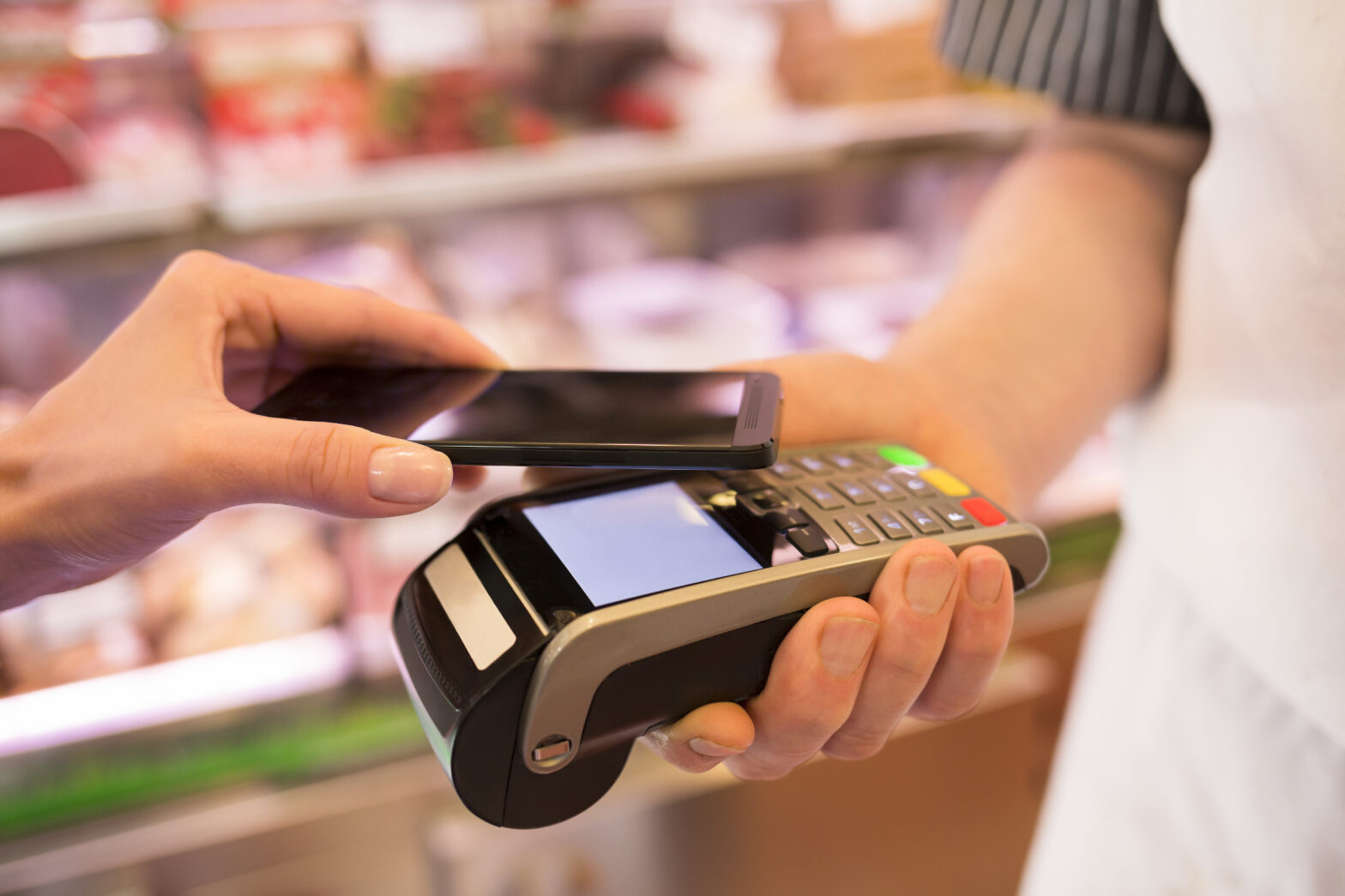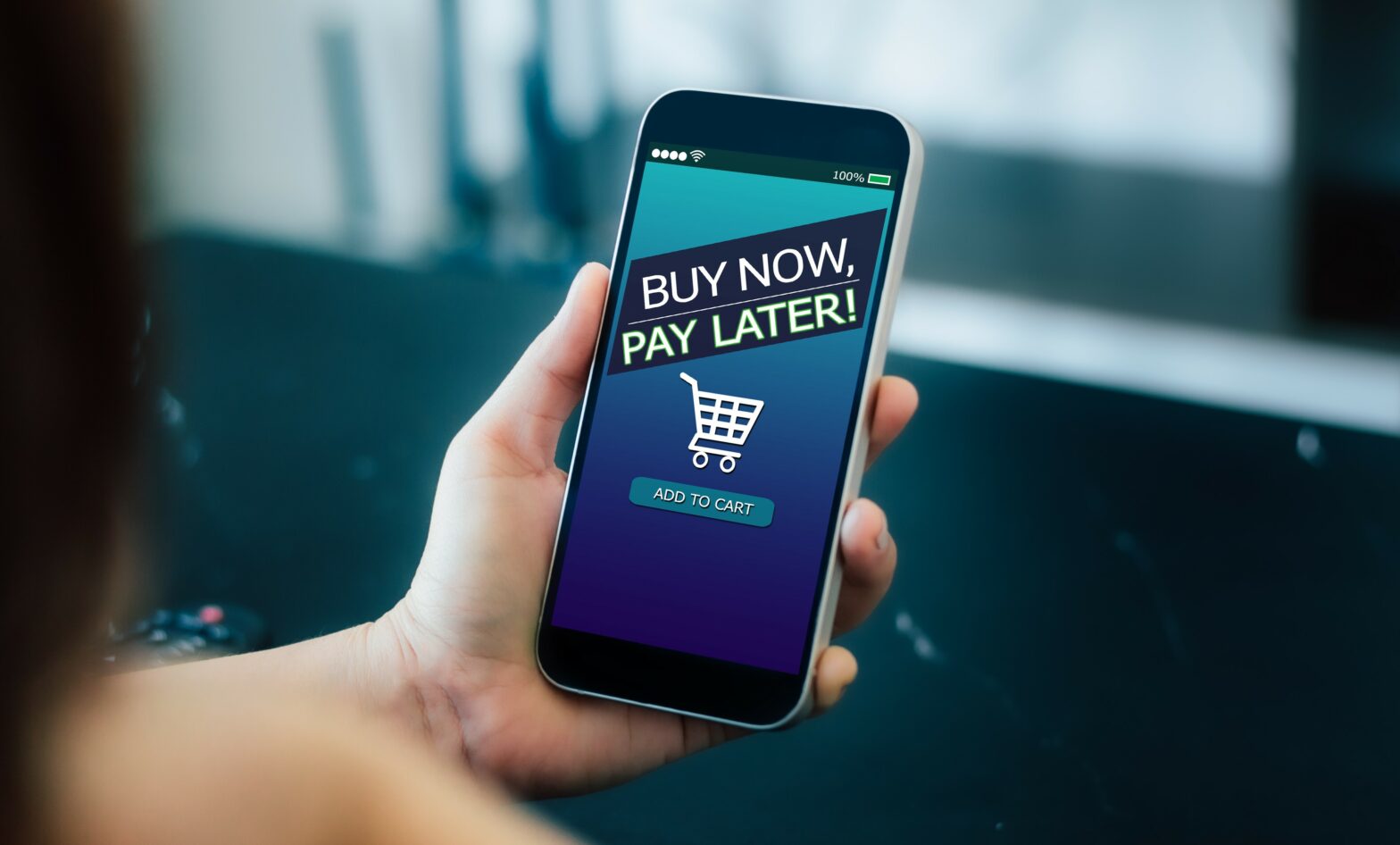Consumers are adopting new payments technologies with unprecedented enthusiasm. Already, over 50% of Europeans surveyed by Visa regularly make payments using a mobile device, and transaction volumes are expected to top $1 trillion by 2020.
The potential for payment technology is almost limitless – so what are the technologies and trends shaping the payments of the future?
Invisible payments
For many in the industry ‘invisible payments’ are the ultimate goal: a frictionless experience in which all parts of the payment process – from initialisation and authentication through to final confirmation – are performed in the background, without direct interaction from the consumer or merchant.
This is increasingly important as consumers come to expect a smoother payment experience.
>See also: Is the mobile the future of payments?
This has already been achieved in-app with the likes of UBER. This, however, is proving to be the exception rather than the rule, with more traditional retailers finding in-app payments challenging.
A staggering 86% of consumers have abandoned a mobile basket due to a frustratingly long checkout experience, and only 4% of small retailers even offer a mobile application that accepts payments.
The industry is responding, however, to make in-app payments more streamlined across the entire ecosystem. EMVCo’s EMV 3DS 2.0 specification implements risk-based decisioning to encourage frictionless authentication and the FIDO Alliance confirmed it is working with EMVCo to enable consumers to conveniently use on-device biometric authenticators to securely verify their presence when making in-app payments.
It is not only in-app. 86% of consumers avoid stores with long queues, so the race is on to make in-store invisible payments a reality, and beacon technology is the most likely enabler.
Beacons detect consumers’ presence in-store by communicating with their connected devices. Danske Bank has pioneered the use of beacons for payments through its MobilePay app, which has close to 3 million users and accounted for 90 million transactions in 2015.
Google has gone a step further with its Hands Free app, which combines beacon and Wi-Fi technology to connect the consumer’s smartphone with the POS system.
This enables them to conduct the transaction simply by saying “I’ll pay with Google”. And all eyes will be on Amazon Go when it launches as it enables consumers to walk into an Amazon-specific store, pick up an item and walk out, with the order charged to their Amazon account upon leaving.
New form factors
Mobile wallets on smartphones, like Android Pay and Samsung Pay, currently dominate mobile payments, but it is worth noting that the wearables market is set to be worth $34 billion by 2020.
Many believe that the long-term success of wearable technology will be supported by the successful integration of multiple applications. Currently available wearables mostly have single applications like fitness but this has its limitations. Additional features, such as payment capabilities, could help to drive mass adoption.
>See also: Forget smartphones: why credit cards are still the most mobile payment
In addition, augmented reality (AR) is likely to continue to develop in the payment space. Rather than having to research at home before heading out to the store, AR enables consumers to analyse product information and read reviews in-store and in real time.
For example, PayPal recently combined their knowledge of beacon technology with an AR solution that enables users to easily analyse and pay for products in-store.
More than payments
Simplicity alone does not guarantee the wide adoption of mobile payment solutions. In order to capture more users, the ecosystem can integrate value-added services (VAS) to help improve the customer experience.
For example, Starbucks has developed one of the most successful mobile payments applications, with over 16 million active users accounting for over 25% of in-store sales. How? Simplicity — the app is simple, convenient and places a strong emphasis on rewarding customers.
By comparison, other loyalty and reward schemes often limited in their reach and scope of services. In 2020, we can expect mobile payments to be far more rewarding with over 3 billion loyalty cards being predicted to have been integrated into mobile applications by this time.
>See also: Mobile payments to digitise India’s economy
Banks and the ‘OEM Pay’ platforms have been pushing forward on providing value-added services and convenience to their customers.
For example, Samsung Pay is utilising geolocation data to deliver a personalised experience that enables users to redeem discounts at nearby restaurants and stores.
The industry will also expect to see predictive analytics and machine-learning emerge as other avenues to improve the consumer experience, with mobile applications leveraging past behaviour to deliver smart recommendations.
So where next?
This is the most exciting juncture in the history of payments. The pace of development and innovation is dizzying.
Although it is hard to predict exactly which direction the industry will take over the next few years, what is certain is that mobile payments are here to stay.
The launch of countless new payment offerings is on the horizon, all with the ability to truly simplify and enrich the purchasing experience for consumers worldwide.
Sourced by André Stoorvogel, director, product marketing – payments at Rambus







